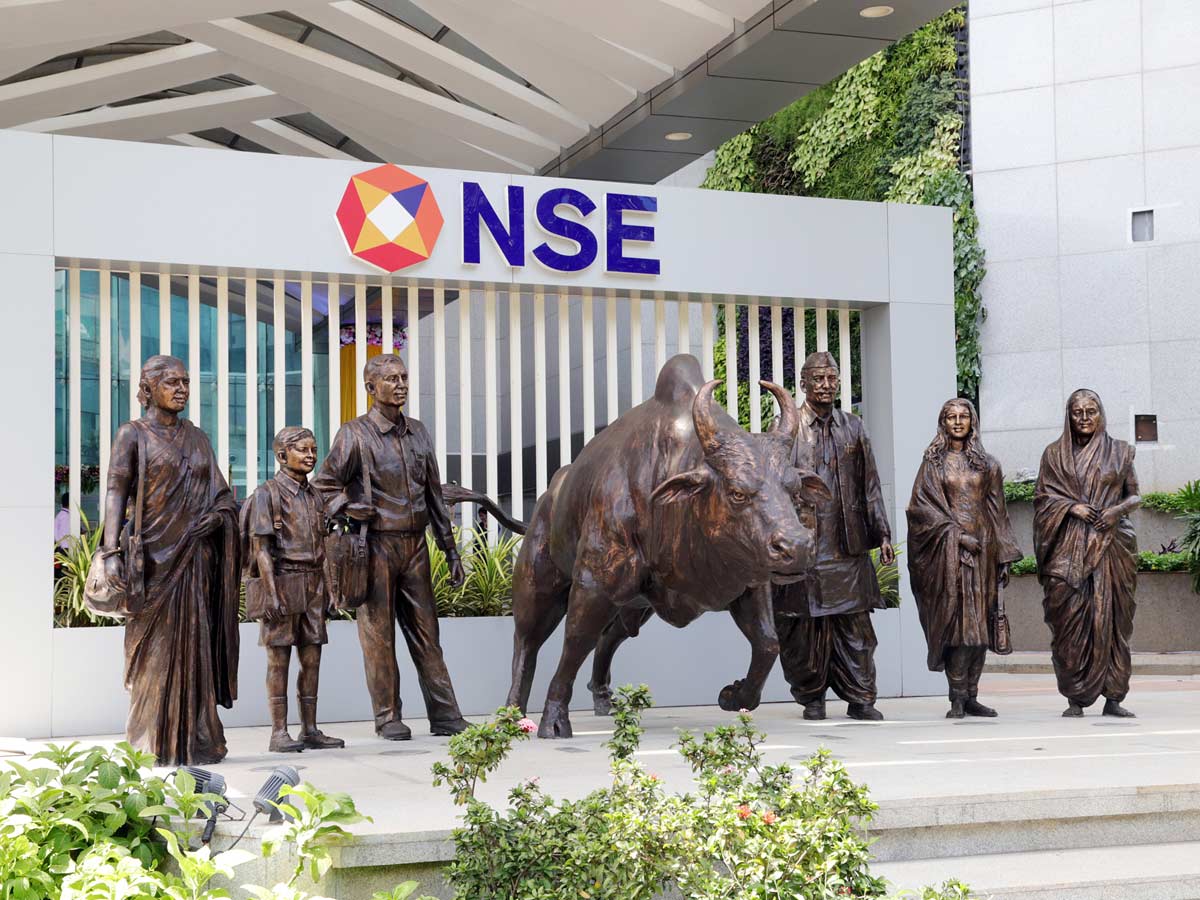The next time you buy or sell shares, a machine is more likely to be at the other end of the trade than a human being.

Photograph: ANI Photo
A larger value of stocks bought and sold on the stock exchange now originates from sophisticated computer algorithms than from individuals.
Non-algorithmic trading, such as those manually entered by a human being, is now a minority, according to data from the National Stock Exchange’s (NSE’s) Market Pulse publication.
This is the first time that algorithmic trading has a majority of the cash market turnover in data going back to financial year 2010-11 (FY11).
Algorithmic trading was first introduced in Indian stock market shortly before this period.
Algorithms had touched the 50 per cent mark in derivatives as far back as 2015.
The cash market retained non-algorithmic dominance till FY24 as the last bastion of human dominance in equity trading.
The share of algorithmic trading in the cash market was 17 per cent in FY11.
It reached 53.8 per cent in FY25, according to data as of February, crossing the 50 per cent mark for the first time during this period.
The data is based on an analysis of orders that include a 15-digit identification number, which contains information about the nature of the order, including whether it is algorithmic or otherwise.
Earlier available numbers were unclear about the exact proportion of algorithmic trading.
This can have implications for retail investors who depend on being the first off the blocks to make money on the stock exchange through short-term trading.
Retail investors hoping to profit from short-term positions on results and similar news are unlikely to make a profit purely from their speed of execution, noted Naveen Kumar, founder and chief executive officer (CEO) at algorithmic trading solutions provider QuantXpress Technologies.
The firm services institutional investors and provides algorithmic trading solutions whose abilities include incorporating machine readable news and acting on the same.
“That’s not feasible now,” he said about retail investors profiting from speed of execution alone.
The only way retail investors can profit is through superior strategy or deep insight rather than fast reactions, according to Kumar.
That said, many algorithmic trading providers make available algorithmic trading tools for individuals, which has democratised technology access to an extent, Kumar added.
Institutional investors, however, typically have the ability to outspend individual investors when it comes to the technology they deploy.
A senior executive with a retail brokerage noted that a significant part of cash market turnover is delivery-based, which means the positions are not closed within one day.
This would imply that institutions and others who buy for longer-term profit are also using algorithms to get the best price possible.
Algorithms can slice orders and execute them in bits and pieces when volumes are high to get the best prices.
High frequency traders and market-makers are among the major players in the cash market, according to Hitesh Hakani, director of Greeksoft Technologies.
There may be some headwinds for continued dominance, including higher securities transaction tax (STT), and lower volumes amid tighter derivative regulations, he said.
The government has increased STT on futures from 0.0125 per cent to 0.02 per cent effective from October 1, 2024.
STT on options is up from 0.0625 per cent to 0.1 per cent. The Securities and Exchange Board of India (Sebi) said every exchange would have only one index derivative with a weekly expiry instead of multiple expiries during the week, and the regulator also increased margin around expiry day to curb speculation and protect retail investors.
There can be a spillover effect of all the recent tax and other changes on cash market activity since some algorithms look to capitalise on small price differences between the cash and derivative segments.
Higher taxes can affect the profitability of such trades, according to Hakani. “Their margin is very thin,” he said.
The NSE has typically accounted for a larger share of stock market activity.
Similar yearly numbers from the BSE were unavailable, but earlier data suggests that the share of algorithms in BSE’s cash market was lower as of FY24.
An email sent to the exchange did not elicit a response.




